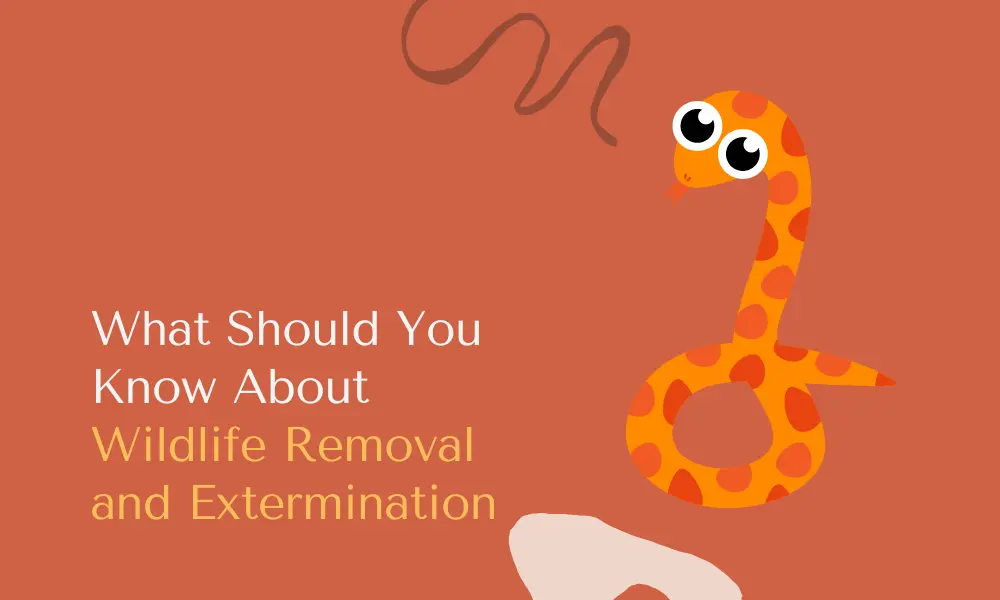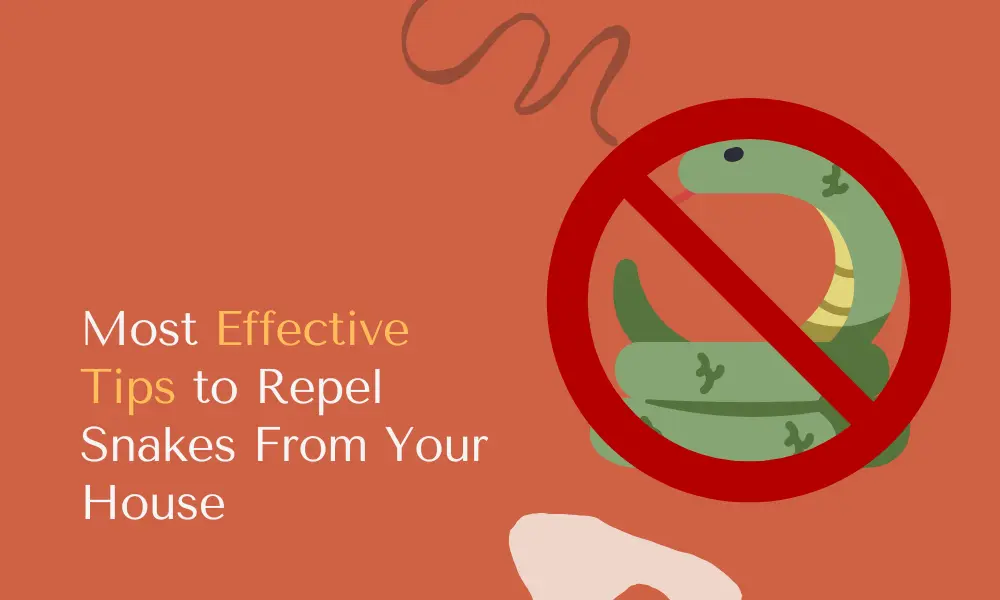Wildlife is beyond adorable, but let’s face it, and they can also be detrimental to your home. They are mostly responsible for causing safety and health concerns and extensive damage to your valuables. This is one of the reasons for wildlife extermination. Before we move on, please note, we do not advocate the killing or creating suffering for wildlife, this is not the motive of this site. This site is about primary deterring snakes and wildlife from our lives.
Wildlife removal and extermination involve getting rid of nuisance animals through the use of traps, toxins, and poisons. It is a cheaper and effective method of eradicating wildlife from your house.
Why Do People Exterminate Wildlife?
It is common sense to see a raccoon on your lawn and run or see a bat in your porch and scream for help because wildlife is responsible for many destructive actions. Some of them are listed below:
- They create an entry for other pests.
- They can cause structural damage to your house.
- They can eat through drywall and tear insulation’s.
- They can die in hidden places in your house, creating foul odors. It is usually a sport looking for the carcass.
- They make disturbing noises around your property.
- They scavenge refuse and leave droppings behind keeping the environment dirty.
- They are dangerous to both humans and pets.
What to Look Out For Before Wildlife Extermination
Below is a list of things you should look out for before
Accidents: Although a method may be very effective, it doesn’t mean that it should be used. Some methods are very hazardous and illegal. Once handled by just anyone, it can lead to injury and loss of lives. Sometimes, you may be breaking the law by using that wildlife control method. If you must use those techniques, employ the help of a professional wildlife exterminator.
Animal control: Before embarking on a wildlife control journey, ensure that you have carefully evaluated the wildlife removal method you choose to use. Evaluating it ensures that you have all the legal and ethical backing to carry out whatever action you wish to, on the animal.
Determine the animal responsible: When controlling wildlife, identifying the particular animal or animals responsible for the damage to your property is a very important step. This will ensure that you use the right method that matches the animal species to control them effectively.
Alter their habitat: After an effective animal removal, you should consider changing your property arrangement. Alter the environment to discourage the animals from habituating there.
Common Wildlife Control Methods
Various wildlife control methods exist. However, when choosing the right method, you must consider the safety of your property and everyone on it. Here, we have outlined wildlife control methods that are not only effective but will also maximize safety around.
The Use of Toxic Baits for Snake Control and Other Pests
The use of toxic baits is another choice at controlling wildlife in your environment. This method is effective, especially against crawling animals. It consists of a pleasantly attractive bait, e.g. fish, meat, bread, etc. infused with a poisonous substance. This poisonous substance is mostly made from chemicals. This is a consideration for bigger wildlife species. Once again, killing animals is not the most favored option we would like to advocate though.
How to Use Toxic Baits to Get Rid of Snakes
- First of all toxic baits are to be used as a last resort. We do not advocate killing snakes or other animals unless absolutely necessary and generally at the advice of a professional.
- Identify the wildlife and determine what baits will appease them more. Also, determine what poisonous substance that works effectively on them.
- Infuse the poisonous substance into the bait and place it in spaces with high wildlife activity.
- Dispose of the dead animal in the rubbish bin, far away from the house.
- Always store poisonous substances in a safe place away from children, pets, or fire.
Glue Boards for Snakes and Pests
Glue boards, unlike toxic baits, give a choice of life for the animal. It is a nontoxic way of controlling wildlife. If you are not quite interested in killing the animal, you may consider using this method.
How to Use Glue Boards to Trap and Remove Snakes
- Place the large surface containing glue in the area that is suspected of wildlife activity.
- Animals that come in contact with the board get stuck to it and can either be rescued or die due to suffocation, it is recommended for humane reasons the glue boards are checked to safely remove the animal.
Scare Away Snakes and Animals Using Frightening Devices
Animals are generally wary of new sounds or lights in their environment and will flee if they come in contact with any. This is the principle that this method works on. However, the ability of the animal to react to this method varies greatly. Hence, the need to understand what animal is concerned and the best approach at eradicating them. Looking for a great raccoon removal or squirrel prevention method, this is a good choice for you.
How to Use Frightening Devices to Scare Away Snakes and Pests
- Place the device in the area prone to wildlife activity. Examples of this device include ultrasonic repellent, wireless fence posts, etc.
- When an animal comes within that area, the device gives a response which scares the animal away.
Modifying The Habitat To Keep Snakes Away
If your main goal isn’t to kill the wildlife but taking them far away from your environment, this method is a good choice for you. Just like the name implies, this method involves changing the scenery of your environment to discourage wildlife from finding solace there.
Using Traps To Control Wildlife
Using traps can effectively aid wildlife control. There are two major types of traps, the quick kill-type traps and the live-holding traps. Most people do not prefer this method because of the threat it poses to pets and humans around them. Ensure you take extreme caution when using this method. This method is a good option for rat control, raccoon control, groundhog control, squirrel control, and other crawling wildlife species.
Determine What Snake And Animal Repellent Works Best
Whether you are looking at possum removal, critter removal, bat control, squirrel control, etc., using animal repellent is a great way to resolve your wildlife conflict. Determine what repellent works best for the wildlife before taking any action.
There is various animal repellent available. They include:
- Liquid repellents
- Granular repellents
- Covered repelling station
- Electronic repellents
Although these steps are available for wildlife removal and extermination, there are professional wildlife exterminators who can help you resolve your wildlife conflict.

Jennifer Mornard is the owner of a backyard farm in Calaveras County. She keeps her garden pest-free by using organic and inorganic methods and keeping it clean. She also tests pest control products to keep snakes, gophers, and other pests away.
Jennifer has worked and study reptiles around the globe including Africa, Asia, Australia and in the open prairies, grasslands deserts in USA. It is her mission to provide a solution for reptiles, manly snakes, and human beings to co-exist. Her goal is to educate people so they can prevent the unpleasant experience of snakes and humans crossing paths in people homes and properties.


